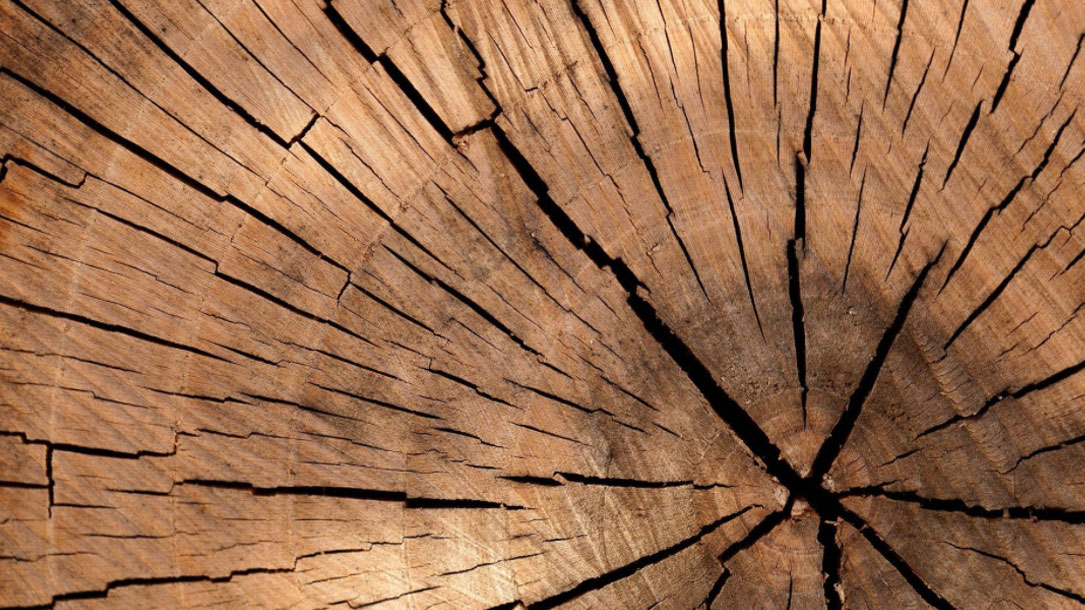
Chronicles of the Rings: What Trees Tell Us
Reading the climate stories trees tell will help with forecasting. “One of the big questions in the field is what’s going to happen to the jet stream,” said Dr. Trouet. “This data helps the modeling of climate change become more reliable.”
Trees, it seems, are giant organic recording devices that contain information about past climate, civilizations, ecosystems, and even galactic events, much of it many thousands of years old…
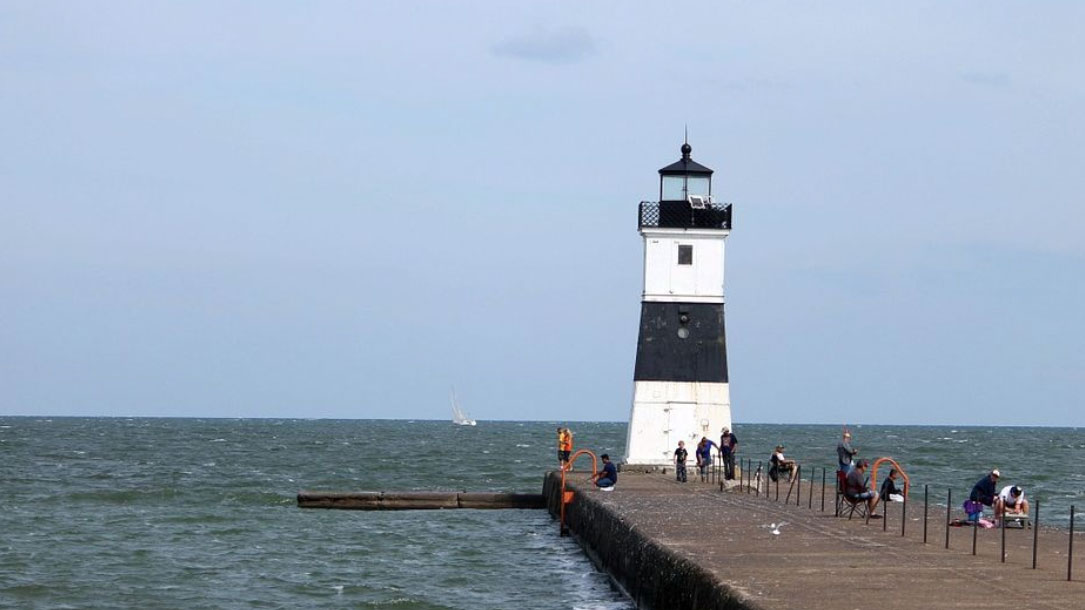
Climate change will have profound effects on the Great Lakes region
A new report commissioned by the Environmental Law and Policy Center urges Great Lakes states to mitigate and prepare for the “profound” effects of climate change.
The report, authored by more than a dozen Midwest and Canadian researchers, says Great Lakes states will see more very hot days, increases in heavy rainfall and flooding, declines in crop yields, and threats to drinking water…
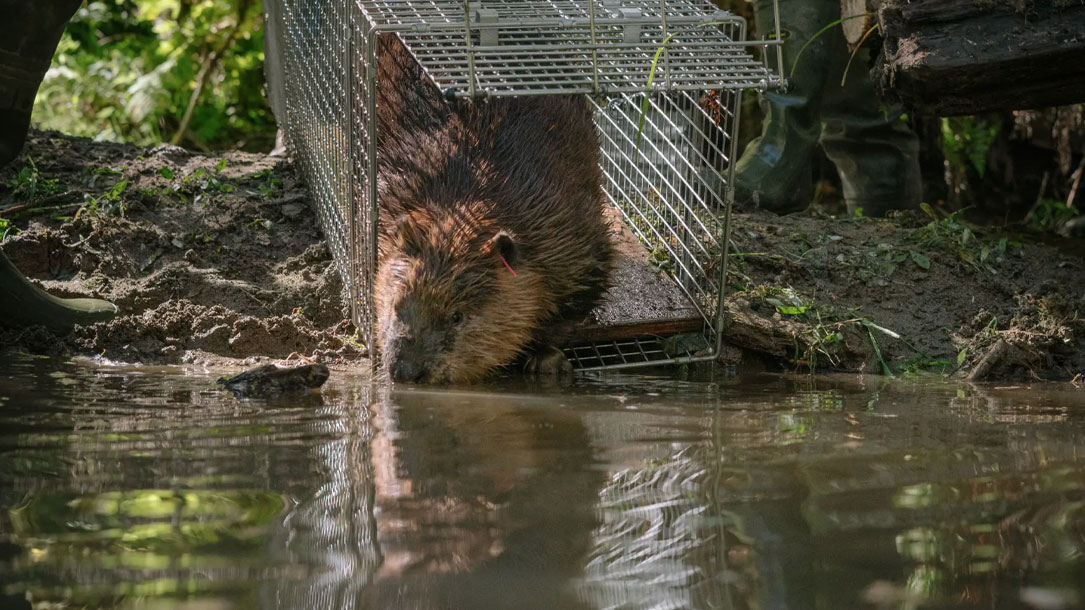
An indigenous tribe in Washington is strategically placing beavers around to help salmon
The sentiment that Castor canadensis is little more than a tree-felling, water-stealing, property-flooding pest is a common one. In 2017, trappers in Washington State killed 1,700 “nuisance” beavers, nearly 20 times more than were relocated alive. In neighboring Oregon, the herbivorous rodents are classified as predators, logic and biology notwithstanding. California considers them a “detrimental species.” Last year alone, the U.S. Department of Agriculture eliminated more than 23,000 conflict-causing beavers nationwide.
Running countercurrent to this carnage is another trend: the rise of the Beaver Believer. Across North America, many scientists and land managers are discovering that, far from being forces of destruction, beavers can serve as agents of water conservation, habitat creation, and stream restoration…

To save the monarch butterfly, Mexican scientists are moving a forest 1,000 feet up a mountain
The world is losing monarch butterflies at a startling rate, as logging, herbicides, and other human activities destroy natural habitats. But the biggest threat yet has only recently come into focus. Climate change, with its extreme storms, prolonged droughts, and warming temperatures, is poised to eradicate the forest that serves as the butterfly’s winter refuge.
To help his beloved butterflies, Ramirez has partnered with scientists on a monumental experiment: They are trying to move an entire forest 1,000 feet up a mountain…
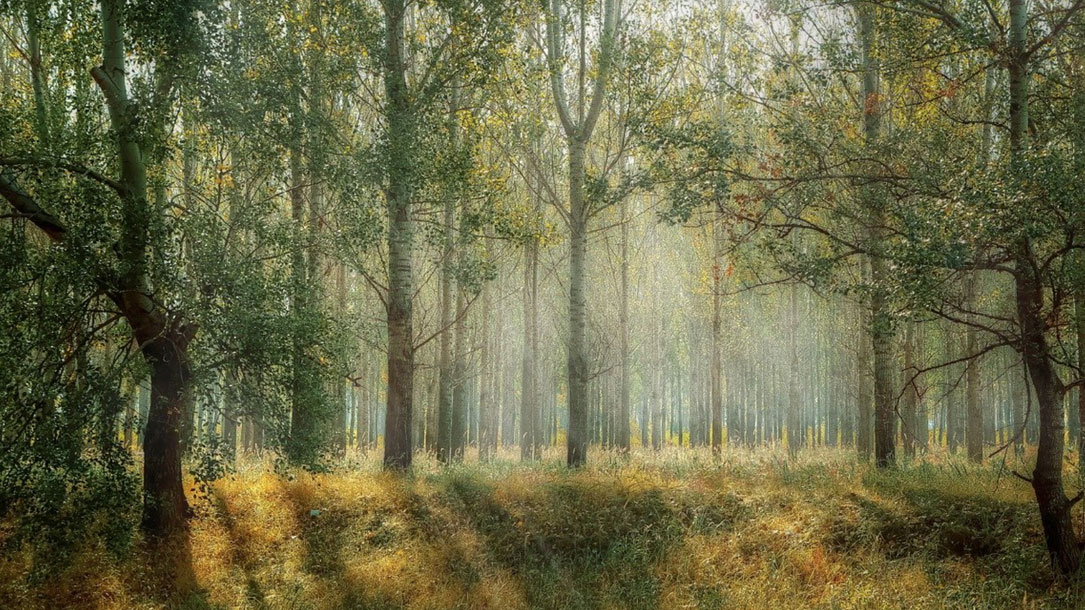
Leading on climate change solutions
“Forests are the best nature-based solution to climate change. Annually in the United States, forests and forest products capture and store almost 15 percent of the country’s carbon emissions from burning fossil fuels. They have the potential to capture nearly twice as much if we plant more trees, use climate-smart practices to manage our forests and take other actions.
And we are not just talking about big forests in national parks and rural mountain communities. Trees in metropolitan areas and small towns in the U.S. are responsible for almost one-fifth of the country’s captured and stored carbon emissions. They also shade buildings in the summer and block wind in the winter, which reduces the use of air conditioners and heaters—avoiding millions of tons of carbon emissions…”

Parks Are a Critical Solution to Climate Change
Parks mitigate the urban heat island effect, improve air quality, and absorb carbon from the atmosphere. They support local biodiversity and can act as buffer zones for flooding or mudslides. Parks add both important social and environmental infrastructure…
Urban parks are also important because they provide the foundation for urban forests, which help cities both mitigate carbon emissions and adapt to a changing climate. According to Jad Daley, CEO of American Forests, urban forests absorb some 100 million tons of carbon each year—about 2% of global greenhouse gas emissions. Trees found in these green areas can reduce energy use up to 7% because they provide wind blocks for homes in the winter and cooling in the summer…
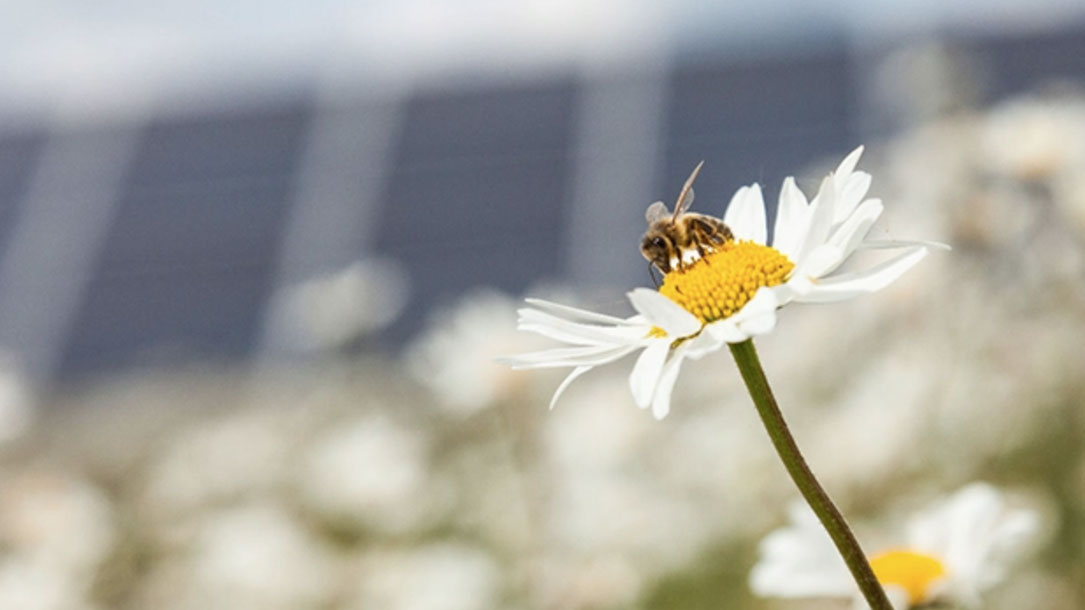
Highly compatible: pollinator-friendly solar projects and farming
Taking farmland out of production to increase harvests might seem counterintuitive. But new and ongoing research suggests that trading some farmland for deep-rooted prairie vegetation can provide habitat for wild insect pollinators and boost overall crop yields.
Increasingly popular pollinator-friendly solar projects, which cultivate low-growing meadows underneath the panels, present an opportunity to increase food production and clean energy generation at once. For a state like Minnesota, where farming is prevalent and the solar industry is expanding, this kind of compatibility between agriculture and solar energy production is a most welcome development…
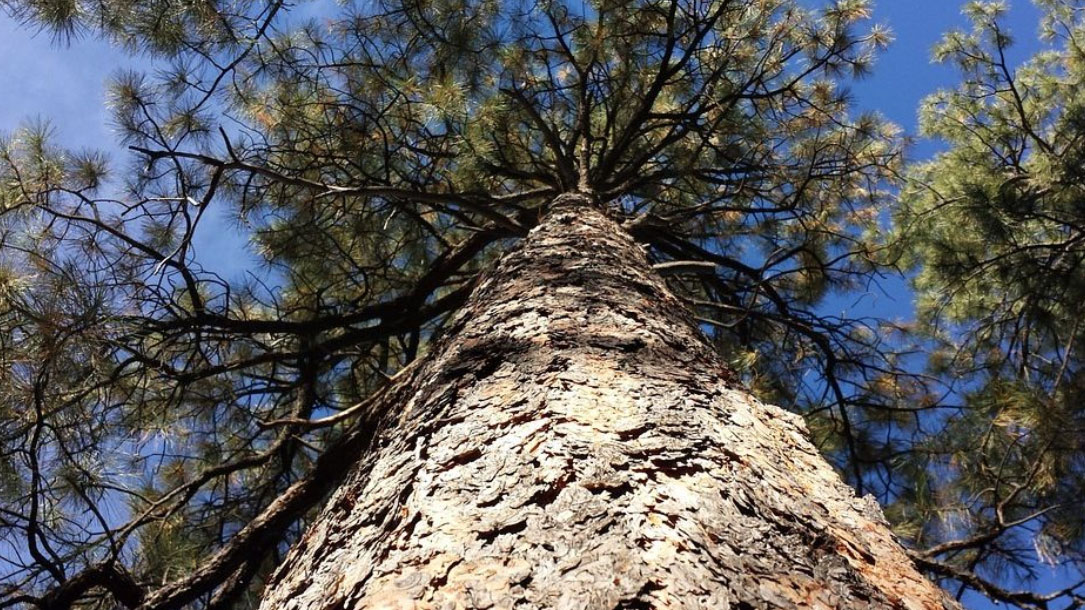
Wildfires and climate change push low-elevation forests across a critical climate threshold for tree regeneration
“Climate change is increasing fire activity in the western United States, which has the potential to accelerate climate-induced shifts in vegetation communities. Wildfire can catalyze vegetation change by killing adult trees that could otherwise persist in climate conditions no longer suitable for seedling establishment and survival. Recently documented declines in postfire conifer recruitment in the western United States may be an example of this phenomenon. However, the role of annual climate variation and its interaction with long-term climate trends in driving these changes is poorly resolved…”
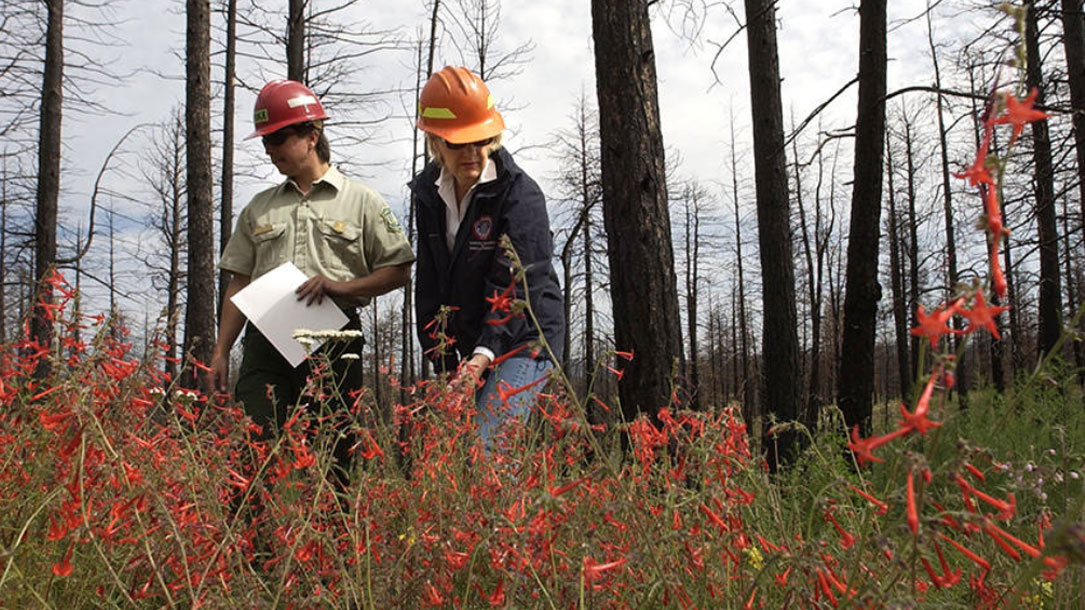
Iconic Forests Reaching Climate Tipping Points in American West, Study Finds
Climate change in the American West may be crossing an ominous threshold, making parts of the region inhospitable for some native pine and fir forests to regrow after wildfires, new research suggests:
As temperatures rise, the hotter, drier air and drier soil conditions are increasingly unsuitable for young Douglas firs and ponderosa pines to take root and thrive in some of the region’s low-elevation forests, scientists write in a study published Monday in the Proceedings of the National Academy of Sciences.
Wildfires in these areas could lead to abrupt ecosystem changes, from forest to non-forest, that would otherwise take decades to centuries, the study says.
“Once a certain threshold was crossed, then the probability of tree establishment decreased rapidly,” said Kimberley Davis, a researcher at the University of Montana and lead author of the study. “The climate conditions are just a lot less suitable for regeneration.”

Climate change is leading to unpredictable ecosystem disruption for migratory birds
“Climates have natural variation and we’re moving rapidly into territory where the magnitude of climate change will consistently exceed this variation,” says lead author and Cornell Lab researcher Frank La Sorte.
“There will be no historic precedent for these new climates, and migratory bird populations will increasingly encounter ‘novel’ climatic conditions. The most likely outcome will be a period of ecological disruption as migratory birds and other species try to respond or adapt to these new conditions…”












